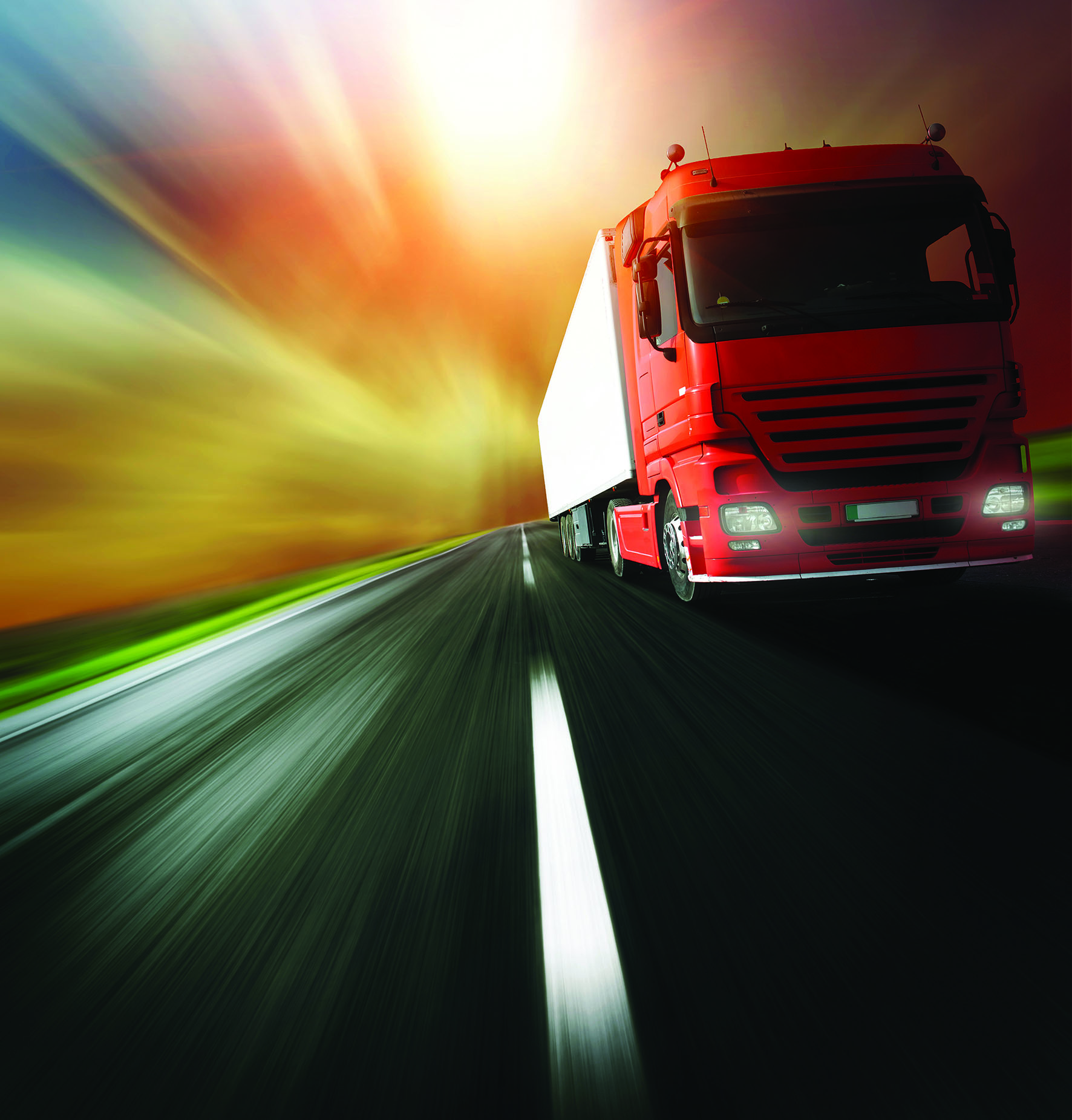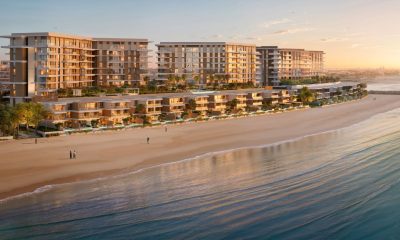Oman 2015
railway development gathers momentum
The mega railway project will offer huge business opportunities for a variety of industries, especially for construction firms and producers of various products.


The mega railway project will offer huge business opportunities for a variety of industries, especially for construction firms and producers of various products.
QUICK GLANCE
The national railway project is 700-kms long and 120-kms wide.
Once the construction work starts, the national network will require the supply of an estimated 12,000 kilometres of rail.
The Public Authority for Civil Aviation is in an advanced stage to select a budget airline, after short-listing four firms.
Muscat airport will be able to handle 12 million passengers per annum from end-2016.
Around 84 projects for building 1,646 kilo meters of roads with a combined capital expenditure of almost RO3 billion are under implementation now.
Oman’s multi-billion dollar national railway project is reaching implementation phase with the government set to award tender for building the first phase of the 2,244-km-long network. Separate tenders for selecting a design-and-build contractor for building the 207 km-long Sohar-Buraimi stretch and three other segments and an operator for managing the railway are in different stages of pre-qualification and project award.
State-owned Oman Railway Company (ORC), which is implementing the mega project that is part of a pan-GCC network, has narrowed down the list of bidders for awarding the first engineering-procurement and construction (EPC) contract to an international rail major, which is expected towards the end of this year. The successful bidder will have to implement the most complex infrastructure development between Sohar and Buraimi in view of the peculiar topography of the region, which has several mountains. Development plans of other three segments – 2, 3 and 4 – are gathering momentum with the railway firm shortlisting more than a dozen consortiums, which will be responsible for constructing railway tracks for a combined length of 1,200 kms. The first four segments will be the backbone of the country’s national railway line, which will link its three maritime gateways – Sohar, Duqm and Salalah.
Oman Rail also received expressions of interest from consortiums of international railway operators for managing the country’s railway, once it becomes operational sometime in 2019. The selected firm will be responsible for developing local skills and institutional capabilities in Oman. Italferr, an Italian engineering firm, is working on preliminary design of the national railway project.
The national railway project, which is 700-kms long and 120-kms wide, is divided into nine segments, including Duqm-Thumrait-Salalah, Sohar Port-Muscat, Al Misfah-Sinaw, Thumrait-Al Mayzouna and Sohar Port-Khatmat Malalah. The overall plan envisages the construction of 30 small stations, 10 intermediate stations, six large stations, eight marshalling yards, nine intermodal yards, five rolling stock service facilities, three heavy duty maintenance workshops, six central maintenance workshops, one main operational control centre and six sub operational control centres. Likewise, rolling stock needs include 40 freight locomotives, 30 shunting locomotives, five recovery locomotives, 30 diesel multiple units for passengers, 15 diesel locomotives for passenger trains, 80 passenger coaches and 500 freight wagons of different kinds. The mega railway project will offer huge business opportunities for a variety of industries, especially for construction firms and producers of various products.
Once the construction work starts, the national network will require the supply of an estimated 12,000 kilometres of rail, ten million sleepers, 20 million elastic pads, 2.25 million metres of pipes, 35 tunnels, 45 viaduct and 98 pedestrian crossings. A large number of plants are required in different locations for manufacturing sleepers.
All these will lead to develop a state-of-the-art transport infrastructure for the country, a pre-requisite for making the country a regional transshipment hub.
The government a couple of years ago increased its overall spending by 35 per cent for the eighth five year plan (2011-2015) to RO58 billion from the original figure of RO43 billion, which was for partly funding infrastructure projects like major roads. Major initiatives on several fronts have also undertaken to develop the aviation sector in the country. With a tremendous growth in passenger handling capacity on completion of the multi-billion dollar expansion of Muscat airport, the government is changing its air transport policy in favour of allowing foreign airlines as well as to attract budget carriers.
In fact, the Public Authority for Civil Aviation is in an advanced stage to select a budget airline, after short-listing four firms. The authorities are also in an advanced stage to announce new policies on aviation sector. The whole plan is aimed at efficiently utilising the massive facilities of Muscat and Salalah international airports (which were re-built with massive investments) and the latter airport has already been opened for public transport.
It is generally believed that a liberal approach will aid the growth of aviation sector, which will ensure that the airports will generate returns on investment. The government is also looking at attracting airlines not only to Muscat, but also for local travel as regional airports need activity and Oman Air alone will not be able to operate to all these airports.
Muscat airport will be able to handle 12 million passengers per annum from end-2016 against its present capacity of 6-8 million passengers, while Salalah airport now handles one million passengers after completing the expansion. The Muscat International Airport will have two runways and it is designed as class A, according to IATA standards. There will be parking space for 8,000 cars at the Muscat airport. Other features of Muscat airport include 42 air bridges connecting planes, ability to handle 5,500 baggages per hour, and 118 check-in counters at the departure section.
In fact, the passenger handling capacity of Muscat airport will be further increased to 24 million in the second phase, further to 36 million and 42 million in the subsequent phases, depending on the growth in passenger traffic. The airport will also have a 90-room hotel, which will have separate meeting rooms. Now the government is discussing about what to do with the existing terminal building, once the airport activities are shifted to the new terminal building. The options before the government are either to use the terminal for domestic flights or for budget airlines. The chances of using the terminal exclusively for budget airline are more with the recent plan to allow a low-cost carrier.
Two regional airports – Sohar and Duqm – have already started operation, even before building terminal buildings. Plans to build an airport in Ras Al Hadd are also gathering momentum. These regional airports, which are designed to handle 500,000 passengers per annum each, link interior regions with Muscat, and are part of a larger plan to meet the growing travel demand from tourists, businessmen and local communities. Sohar airport, which eases the two-and-a-half-hour long road journey, can also be used as an alternative to Muscat International Airport, if required.
Once Muscat International Airport starts operation, the civil aviation scene in the country will undergo a major change. The country’s plan for developing its transport infrastructure is centred around a multi-modal scheme in the long run, to complement each other to provide the arteries through which the goods and services flow across the country. This is all the more important in view of the fact that the country has plans to make its ports redistribution hubs for the region by taking advantage of its strategic location.
After investing heavily for developing roads, scores of major road projects, running into hundreds of kilometers, are under different stages of studies, planning and implementation. There is now slowdown in road development, despite a fall in government revenue in the aftermath of sluggish oil price. There has been a tremendous growth in allocation of funds in recent years as well to complete the ongoing projects as well as for building new road networks.
Although the Sultanate has already developed several state-of-the-art highways, further road connections are needed to link the country’s far-flung cities with the capital, ports and industrial towns – all part of a major initiative to attract foreign direct investment for diversification programmes. Besides, a state-of-the-art transport infrastructure will attract logistics firms from across the region to set up their logistics centres in Oman for redistribution.
For several decades, the government has invested heavily to develop a modern road infrastructure and the effort is continuing even now. Around 84 projects for building 1,646 kilo meters of roads with a combined capital expenditure of almost RO3 billion are under implementation now.
The major roads, currently under construction, include dualisation of the Bid Bid-Sur Project, the Sinaw-Mahut-Duqm Road, dualisation of Taqa-Mirbat Road, dualisation of Adam-Thumrait Road Project, dualisation of Jibrin-Ibri, dualisation of the Barka-Nakhal Road, dualisation of Ibri-Al Dariz-Maskan and dualisation of Ibri-Yanqul Road.Presently, the total length of road networks in Oman is around 60,230 kilometers, as against 33,847 kilometers in 2000. Of this, 29,685 kilometers are asphalted carriageways, while 30,545 kilometers are graded roads.
Plans are also afoot to develop an efficient public transport system for the entire country, which ensures economical mobility of general public. The governments across the world are encouraging public transport with twin objectives – conserve the precious fossil energy and to reduce carbon pollution. Many governments are discouraging citizens from using private cars for their daily transport by raising the registration fees and various other stipulations like more than one passenger for using highways.
Of late, Oman government has widened its plans for an efficient public transport network for the entire country from an earlier plan that was confined only for Muscat. An integrated public transport system will help reduce subsidies on fuel, accident rates and traffic congestions seen in the country in recent years. The whole plan envisages a massive expansion of urban bus service, integration of different modes of public transport, regulation of taxi services to enhance quality, integration of the proposed railway with other modes of transport, formation of a public transport authority and a nation-wide campaign to create awareness on the advantages of public transport, which calls for use of private cars.
As part of implementing the scheme, Oman National Transport Company (ONTC), the state-owned public transport firm, has recently placed an order for 40 low-floor buses. The plan is aimed at transforming the public transportation landscape, as well as set the stage for a gradual rollout of public transport across the Sultanate.
The master plan, which is being prepared with the help of a Spanish engineering consultancy firm Ineco, is aimed at establishing a public transport system that contributes to the mobility needs and quality of life in the country, like any other developed countries in the world. The master plan, which takes into account the peculiar nature of Oman, provides a clear roadmap for the implementation of a well-integrated public transport in Muscat. The master plan also envisages integration of other modes of transport with the Oman National Rail Network. The master plan for developing a public transport network will be implemented in four phases and the formation of a public transport authority, extending urban bus lines and development of taxi service will be implemented in the first phase. In the second phase, urban bus service will be further extended and new bus stations and park and ride facilities will be created. Also, a light rail transit or bus rapid transit will be developed in the third and fourth phases, if required.
In an effort to attract more and more transhipment trade, efforts are on to expand three major ports – Sohar, Salalah and Duqm. Duqm Port, which has already started operation, is investing heavily on all support infrastructure, gate, offices, roads and utilities. It may take more than a year for the port authorities to go for full-fledged operation sometime in 2016, after completing some of the remaining projects.
Redevelopment of Muscat port to convert it into a tourism port is expected to start soon, after the port activities were shifted to Sohar last year. The expansion programmes of Salalah and Sohar ports are part of a scheme to take advantage on Oman’s strategic location.
-

 Alamaliktistaad Magazines2 months ago
Alamaliktistaad Magazines2 months agoAlam Al Iktisaad – September 2025 Edition
-

 Magazines2 months ago
Magazines2 months agoOER – September 2025 Issue
-

 News2 months ago
News2 months agoKitchenomiKs Secures Investment of US$3.2M Led by Jasoor Ventures
-

 News2 months ago
News2 months agoOman Inaugurates ‘Hadatha’ – Its All-New Cybersecurity Center
-

 Banking & Finance2 months ago
Banking & Finance2 months agoOman Arab Bank Highlights Its Ongoing Strategic Initiatives and Future Plans
-

 News2 months ago
News2 months agoIEA Expects Global Oil Market to Remain Oversupplied in 2026
-

 Energy2 months ago
Energy2 months agoWLGA Middle East LPG Summit & Expo 2025 to be held at OCEC on November 10 and 11
-

 Real Estate2 months ago
Real Estate2 months agoAl Mouj Muscat Unveils Azura Beach Residences Phase 2: A New Chapter in Waterfront Living































You must be logged in to post a comment Login